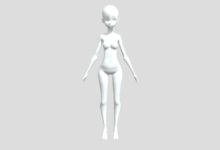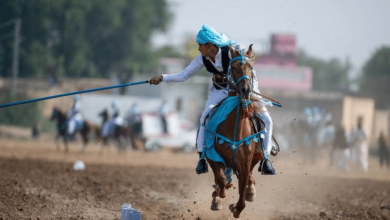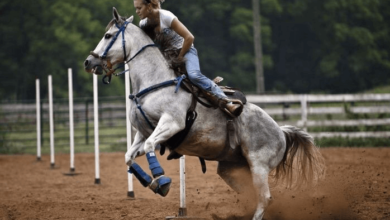What is the correct way to execute pole bending?

Understanding Pole Bending: An Overview
Pole bending is a thrilling equestrian sport that tests the agility and speed of both horse and rider. The objective is to run the fastest time possible while weaving through a series of poles arranged in a straight line. This guide will explore the correct techniques and strategies to master pole bending, ensuring both safety and competitiveness.
Essential Gear for Pole Bending
Before diving into techniques, it’s crucial to understand the essential gear required for pole bending. This includes a suitable saddle, protective horse boots to prevent leg injuries, a comfortable bridle, and a helmet for the rider. Ensuring that your equipment is correctly fitted and in good condition can significantly impact performance and safety.
Setting Up the Pole Bending Course
The standard pole bending setup involves six poles, each about six feet tall and spaced 21 feet apart. Properly measuring and placing these poles is critical for standard practice and competition. This section will cover how to set up your course correctly.
Basic Training Techniques
Training a horse for pole bending starts with basic horsemanship and gradually introduces the poles. Early training focuses on getting the horse comfortable with the poles at a walk, then a trot, and finally at a canter. This incremental approach helps build the horse’s confidence and agility.
Executing a Proper Start
The start in pole bending is critical as it sets the tone for the entire pattern. A straight and focused approach to the first pole is essential. This section will discuss techniques to perfect your starting moves and how to maintain an optimal line to the first pole.
Navigating the Poles: The Weave
The weave through the poles is where skill and precision play pivotal roles. Riders need to maintain a rhythm and ensure their horse is flexible and responsive. Tips on how to keep your horse engaged and quick through the turns will be detailed here.
The Turnaround Technique
The turnaround at the final pole is crucial as it can make or break a run. Effective strategies for a swift and tight turnaround, without knocking the pole, will be explained, focusing on how to re-enter the weave for the return run.
Increasing Speed and Efficiency
As competence in navigating the course improves, the next step is increasing speed. This section will provide techniques for safely pushing the limits of speed while maintaining control, focusing on stride management and body positioning.
Common Mistakes and Corrections
Even experienced riders can make mistakes in pole bending. Common errors include knocking poles, overshooting turns, or getting off pattern. This part will outline common pitfalls and provide advice on how to correct these mistakes during practice and competition.
Preparing for Competition
Competing in pole bending requires preparation beyond regular training. This includes understanding the rules, knowing how to handle competition nerves, and preparing your horse for the event. Practical tips for a successful competition day will be shared.
Advanced Tactics for Competitive Pole Bending
For those looking to compete at higher levels, advanced tactics such as optimizing turn angles, strategic speeding up, and slowing down, and psychological preparation will be discussed.
Maintaining Your Horse’s Health for Pole Bending
A healthy horse is a competitive horse. This section will cover the essentials of equine care, including nutrition, exercise, and regular veterinary check-ups, specifically tailored for the demands of pole bending.
Conclusion: Mastering Pole Bending
Pole bending offers a unique combination of speed, skill, and excitement. By mastering the techniques discussed in this guide, riders can improve their performances and enjoy this challenging equestrian sport to its fullest.







